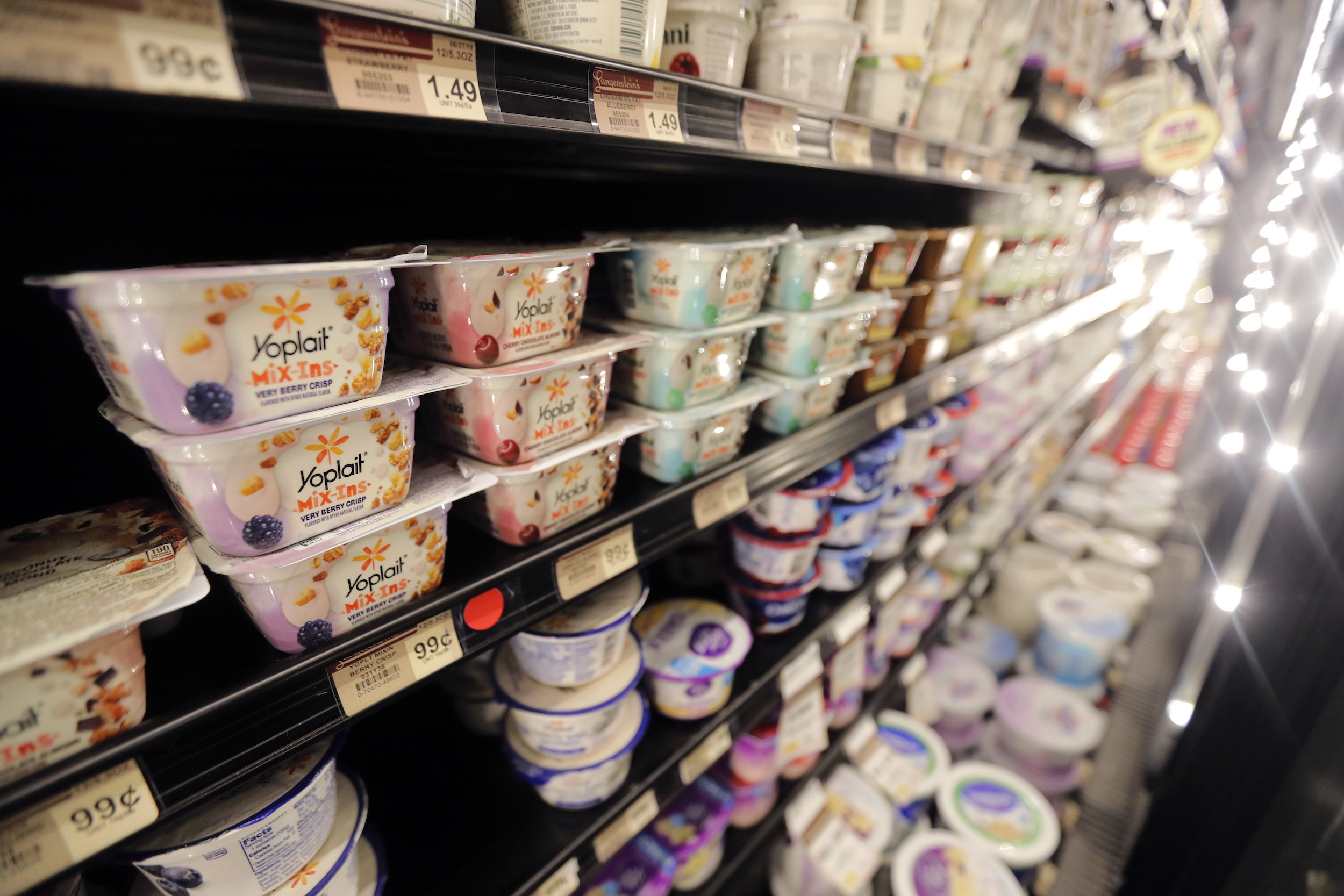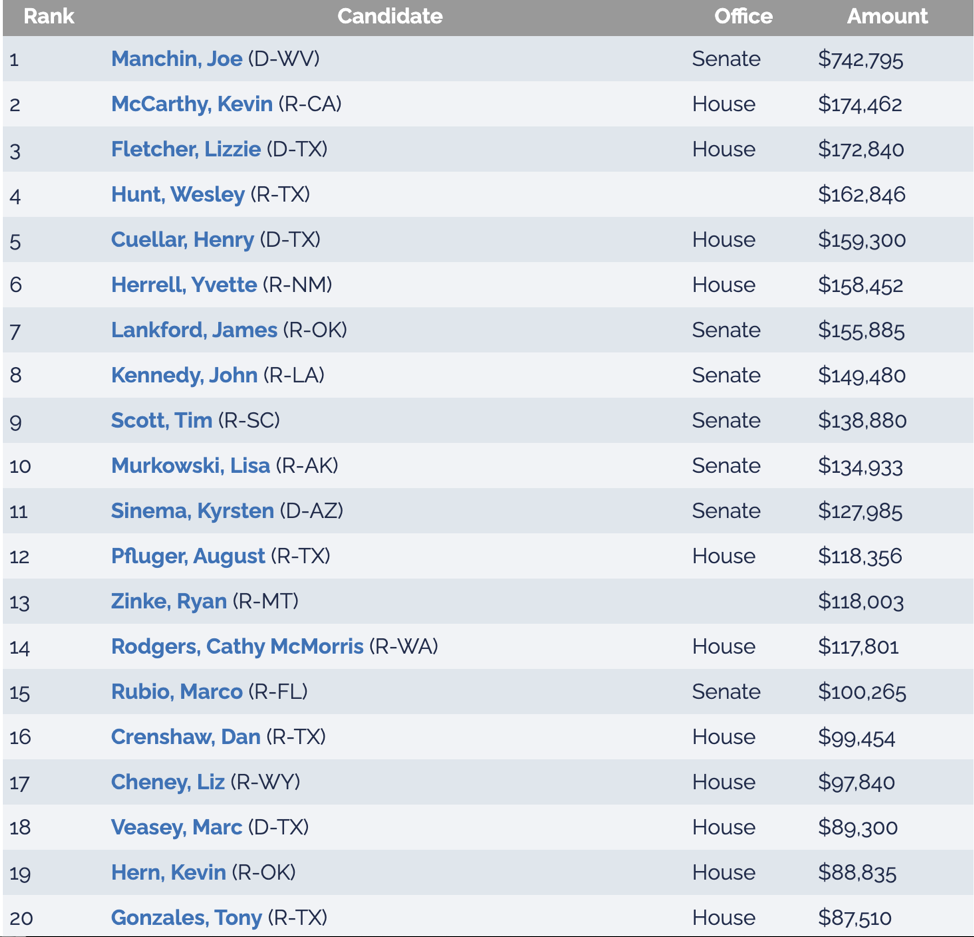 Covering COVID-19 is a daily Poynter briefing of story ideas about the coronavirus and other timely topics for journalists, written by senior faculty Al Tompkins. Sign up here to have it delivered to your inbox every weekday morning.
Covering COVID-19 is a daily Poynter briefing of story ideas about the coronavirus and other timely topics for journalists, written by senior faculty Al Tompkins. Sign up here to have it delivered to your inbox every weekday morning.
Moderna says it has zeroed in on a COVID-19 vaccine formula and dosage that offers some protection for children ages 5 and under and is asking the Food and Drug Administration for emergency approval. The vaccine is about one-fourth as strong as the vaccinations given to older children.
But Moderna’s research says the pediatric dose is not as effective as its teen and adult doses. Moderna says one dose is about 44% effective in preventing symptomatic illness among children 6 months to 2 years old, and 37% effective in children 2 through 5 years old.
Moderna’s trial involved nearly 6,900 children in the U.S. and Canada. There were no reports of severe reactions to the shot.
Moderna says a booster shot may be necessary to increase protection. The New York Times quotes Moderna’s senior vice president for infectious diseases, Dr. Jacqueline Miller, as saying, “What I will say is 37.5 percent and 43.7 percent are higher than zero,” she said. “If I were the parent of a young child, I would want there to be some protection on board, especially if we see another wave of infections.”
The FDA will have to decide whether such a low protection rate is high enough to consider “effective,” since the FDA generally looks for an efficacy rate of 50% or higher for COVID-19 vaccines. Then there is the question of whether, even if the FDA approves the vaccine, parents will agree to the shot if it has such a low rate of protection. The youngest children generally do not get severely ill from COVID-19 but, to date, 355 babies and toddlers have died from the virus in the U.S.
In a few weeks, Pfizer is also expected to come back to the FDA with its newest attempt to produce a vaccine for younger children and babies.
South Korea orders crematoriums to increase capacity due to COVID-19 deaths
The South Korean government just told crematoriums to increase their burn capacity because the COVID-19 death rate has risen 45% in the last week. This development struck me like the day two years ago when a New York hospital parked refrigeration trucks in its parking lot to store bodies.
The rush to do something about gasoline prices (in an election year)
One of the advantages of incumbency in an election year is that members of Congress can loudly suggest ideas like stimulus checks to every household every month to offset high gas prices. And throw in the notion of having oil companies pay for it through “excessive profits.” So far, it is a lot of chatter, but you can’t spend chatter.
State lawmakers in California and Connecticut suggested rolling back those states’ gasoline taxes to help offset gasoline prices.
While you cover these announcements and ideas, it might be fun to see who the oil companies have been giving money to. Make no mistake, in the last year, the gas and oil industry has made a lot of friends in Washington.
Here is the tally of contributions from the oil and gas industries to incumbents and challengers so far this year:
As you might imagine, Open Secrets’ data shows the biggest recipients are from big oil-producing states.
All of these tallies do not include dark money PACs, which parade as charities so they do not have to report who they supported financially.
Now that you have seen these numbers, what are you guessing the chances are that Congress will pass legislation that forces oil companies to hand excessive profits over to people who are paying high gasoline prices?
Allergy season arriving earlier, lasting longer

Pine pollen gathers on the hood of a car on Monday, March 30, 2020, in Dunwoody, Ga. (AP Photo/Brynn Anderson)
Researchers at the University of Michigan say that by the end of the century, allergy season will begin 40 days earlier and high allergy season will last more than three weeks longer. The researchers say increasing global temperatures and CO2 levels are just what pollen needs to double in your children’s lifetime. Read the study here.
Do you have COVID, flu, cold or allergies?
The oak pollen in Florida is so heavy this spring that my black pickup looks like a yellow taxi. People with allergies are sneezing and coughing and hacking and, every time they do, somebody gives them the “do you have COVID?” stink eye.
The Mirror reminds us of the symptoms for each:
Be aware of the main symptoms of Covid. According to the NHS, they are:
- A high temperature
- A new, continuous cough
- A loss or change to your sense of smell or taste
The common cold can have similar symptoms. According to the NHS, they are:
- A blocked or runny nose
- A sore throat
- Headaches
- Muscle aches
- Coughs
- Sneezing
- A raised temperature
- Pressure in your ears and face
- Loss of taste and smell
The list for allergies, including hay fever, looks remarkably similar:
According to the NHS, the main symptoms, similar to a cold and Covid, are:
- Sneezing and coughing
- A runny or blocked nose
- Itchy, red or watery eyes
- Itchy throat, mouth, nose and ears
- Loss of smell
- Pain around your temples and forehead
- Headache
- Earache
- Feeling tired
The FDA declares a saline syringe shortage due, in part, to the pandemic
I mentioned a week or two ago that hospitals said they were running low on saline flush syringes, an essential part of treatments usually used to flush out tubing. Now, the FDA has issued an alert saying, yes, there is a shortage, and hospitals should do what they can to preserve their supplies. The FDA says the pandemic caused hospitals to use so many flush syringes that it caused the shortage.
If you look at the FDA’s list of other essential supply shortages, you will see a list that looks a lot like the list of shortages two years ago. The list includes latex gloves, protective gowns and ventilators.
Mortgage rates jump — will housing prices fall?
Between Friday of last week and Monday of this week, the national average home mortgage interest rate jumped a quarter of a percent to 4.72%, according to Mortgage News Daily. And the rate is still moving up. We expected the increase after the Fed raised its rates a week ago, but now the Fed is sending signals that it might raise rates faster this year to try to curb inflation. CNBC reports:
As a result of the recent spike in rates, economists are now lowering their home sales forecasts for this year.
“Rates have a small chance to top out before hitting 5% and a good chance of topping out before hitting 6%,” said Matthew Graham, chief operating officer at Mortgage News Daily. “It is a rapidly moving target in this environment, where we legitimately and unexpectedly find ourselves needing to be concerned with inflation for the first time since the 1980s.”
Danielle Hale, chief economist at Realtor.com, says home sellers may have to adjust their prices to make up for the increased cost of borrowing. But in some markets, like Houston, there is a bullrush of buying and selling going on to try to beat any future increases in mortgage rates.
Bankers say the refinancing business that was so brisk in the last couple of years has chilled considerably with the higher rates.
Hospitals prepare for cyberattacks
The Association of Health Care Journalists reports that U.S. hospitals are bracing for trickle-down cyberattacks associated with Russia’s invasion of Ukraine. AHCJ told its members:
The American Hospital Association warned its nearly 5,000 members to increase their defenses against potential Russian attacks and consider blocking internet traffic to and from Russia and Ukraine, John Riggi, the organization’s national adviser for cybersecurity and risk, told Politico.
“Our organizations are continuously being probed and scanned from Russia, China, Iran and North Korea thousands of times a day, literally, whether it’s a small critical access hospital or the largest systems,” he said in the news article.
The types of attacks that could occur across sectors such as health care include a distributed denial of service (DDoS) attack (where an attacker floods the server with internet traffic that prevents users from accessing services), phishing scams (such as emails that appear legitimate inducing users to click on a link or provide passwords or personal information), and activation of persistent malware, the article said.
AHCJ offers some resources for journalists covering the story:
- Health Sector Cybersecurity: 2021 Retrospective and 2022 Look Ahead – a report from HHS with a history of key cybersecurity incidents in hospitals.
- Could Russian Hackers Cripple U.S. Health Care Systems?- an article from HealthDay.
- Russia-Ukraine escalation means shields up at U.S. hospitals – an article from Politico.
When is yogurt really yogurt? The FDA must issue new rules soon

Yogurt is seen on display at a grocery store in River Ridge, La., Wednesday, July 11, 2018. (AP Photo/Gerald Herbert)
In order to call a product “yogurt,” it has to meet standards set by the FDA. By 2024, those standards will be changing, allowing food companies to sell new formulations of yogurt. The FDA is, for instance, considering what it means to be “low-fat” and “nonfat.”
But almost a year after the FDA proposed new standards for all of this and more, the government “stayed” the order this week.
This is an interesting example of how complex government compliance can be. Almost a decade ago, the dairy industry started working with the FDA to update regulations that might allow various ingredients to be used in yogurt. To be approved, a food must stick to a “standard of identity,” which describes the ingredients, composition and processes that food companies can use for various food products, including yogurt.
DairyFoods.com, which covers the dairy industry, has tracked this long regulatory journey, which may sound insignificant but certainly is not, because the FDA moves slowly on many such issues even while the food market tries to innovate quickly:
Some 100 of those rules apply to yogurt, cheese, milk, ice cream, and other dairy products. These regulations have, in many places, lapsed into obsolescence and are in dire need of modernization to account for new technologies, ingredients, and novel processes used in the dairy industry.
IDFA’s efforts in support of modernizing the yogurt standards go back to at least the year 2000. Sadly, this is not the only issue that has languished for years inside the FDA bureaucracy.
In case you wondered, the probiotics (yogurt) market is a $63 billion industry now and is projected to double in the next decade. In other words, yogurt is hot because consumers believe it is a healthy substitute for some pharmaceuticals to aid digestion.
We’ll be back tomorrow with a new edition of Covering COVID-19. Are you subscribed? Sign up here to get it delivered right to your inbox.










